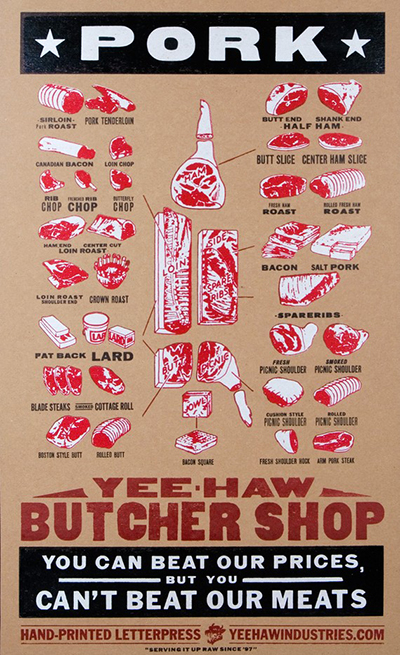Early techniques
- Photographic metal engraving (1824)
- Automated steam press for lithography (1868)
- Stone lithography color prints / wood prints(1880)
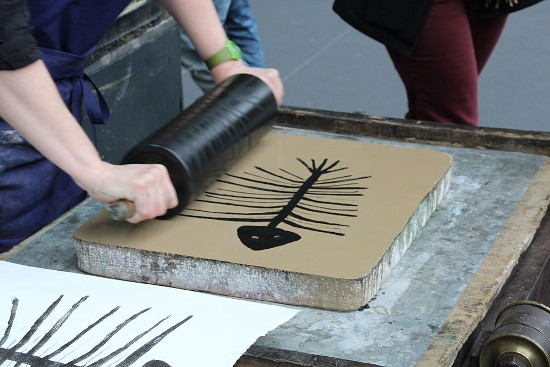
(lithography print)
source
Lithography is a method of printing from a stone or a metal plate, that can be used to print text or artwork onto paper or other material [source].
It was invented in 1796 by German author and actor Alois Senefelder as a cheap method of publishing theatrical works.
Impression Prints
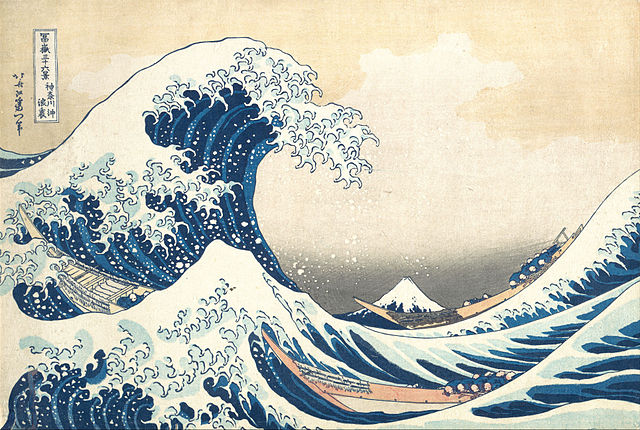
Katsushika Hokusai -The Great Wave Off Kanagawa (1830-1833).
Technique: woodblock print (painting engraved on wood and printed)
Woodblock printing technique:
Ukiyo-e pictures were created with brushes onto paper or silk.
The paintings would then be carved by an engraver on a panel of wood (usually cherry).
To create color prints, the printer would place the printing paper on the color plates, one for each color. The impression was produced by rubbing a baren over the backs of the sheets to create tonal variations.
[Source]
Posters (early 19th century)
"The Poster was one of the earliest forms of advertisement and began to develop as a medium for visual communication in the early 19th century. They were used to promote various political parties, recruit soldiers, advertise products and spread ideas to the general public. T
hey influenced the development of typography because they were meant to be read from a distance and required larger type to be produced, usually from wood rather than metal.[...] Many artists as well, such as Henry Toulouse-Latrec and Henry van de Velde, created posters."
(source)
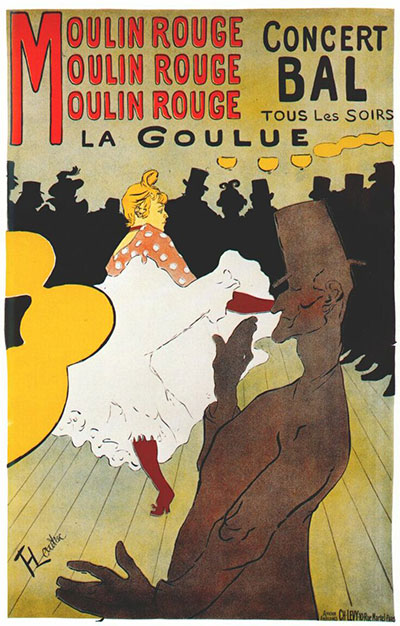
Moulin Rouge: La Goulue (1891) by Henri de Toulouse-Lautrec
Theme: Advertisment of the new Paris dance hall Moulin Rouge
and the famous dancers La Goulue and "No-Bones" Valentin.
Technique: Lithograph printed in four colors
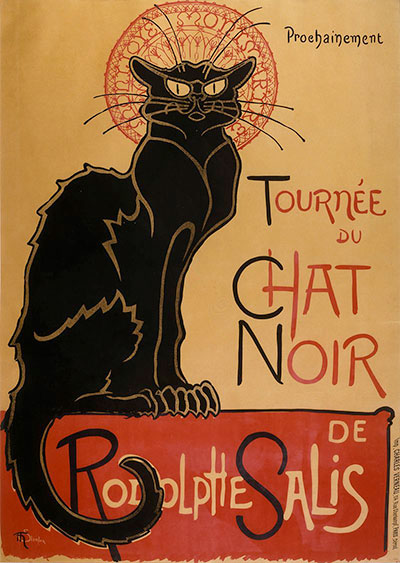 La tournée du Chat Noir avec Rodolphe Salis (1896) by Théophile Steinlen
La tournée du Chat Noir avec Rodolphe Salis (1896) by Théophile Steinlen
Theme: Advertisement of Le Chat Noir - nightclub venue of the time (cabaret/dance hall/music venue) that attracted many poets and painters
[source]
Technique: Lithograph
--------
Early 20 century
First offset press (1906)
Movements: Cubism, Fauvism, Gestalt.
Fauvism:
radical use of bold, saturated color separated from its descriptive purpose and used to create mood- without concern to represent the natural world.
The Fauves ("wild beasts"): Vincent Van Gogh, Paul Gauguin, Georges Seurat, Paul Cézanne, Henri Matisse.

Starry night by Vincent Van Gogh
--------
Modernism
Constructivism
Origins in Russia influenced by the war. The movement was in favour of art for social change or a social purpose. A rejection of the idea of autonomous art, it opposed the idea of art for arts' sake catered to the traditional bourgeois class of society.
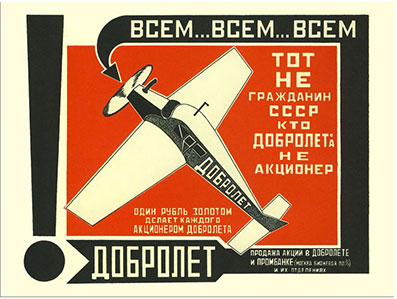
Alexander Rodchenko
Bauhaus (School of Design : 1919-1933)
Originated as an alternative to the heavily ornate German standard of blackletter typography and 20th century modern art.
Favored simplified geometric forms and influenced graphic design (especially sans-serif typography).
The school was founded by Walter Gropius in Weimar, Germany in 1919 and closed under pressure from the Nazi political party in 1933.
(source)
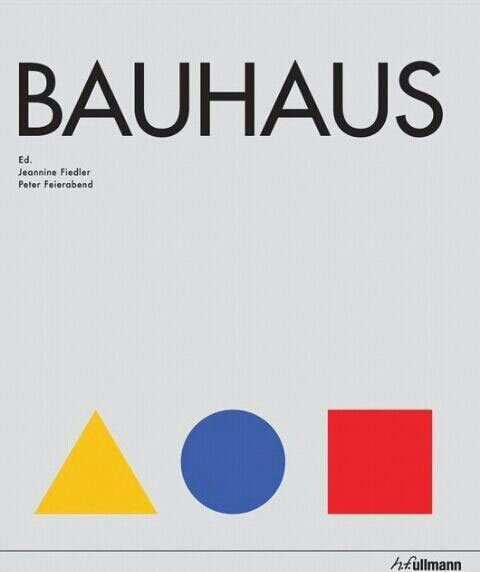
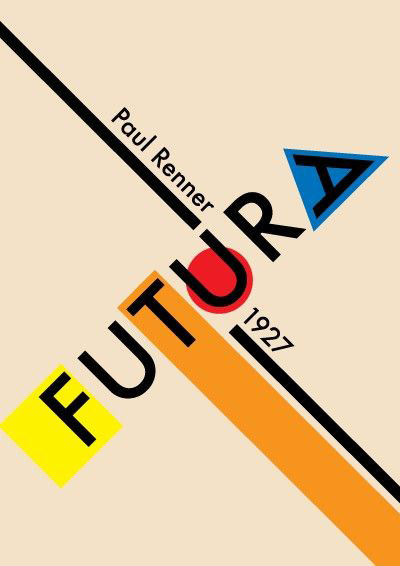
------
Dada/surrealism
Early 20th century movement - reaction against the materialism of the time and the horrors of World War I

René Magritte
Art deco (1920-1940:after world war I and before world war II):
Modernist reaction against Art Nouveau (decorative art style popular in the late 1800s).
Industrial. Elegant. Angular, symmetrical geometric forms, airbrushing.
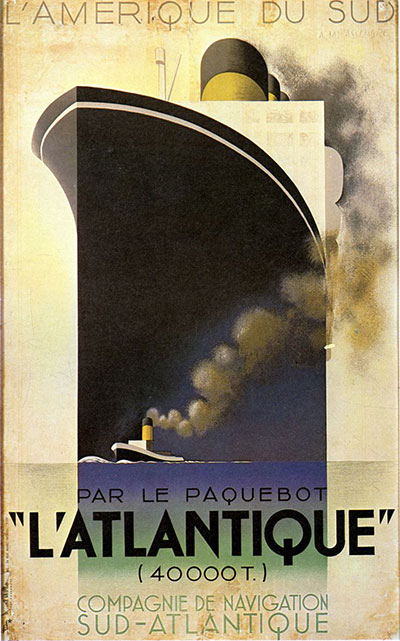
"L’Atlantique" by Adolphe Mouron Cassandre. Theme:luxury cruise liners of the 20s
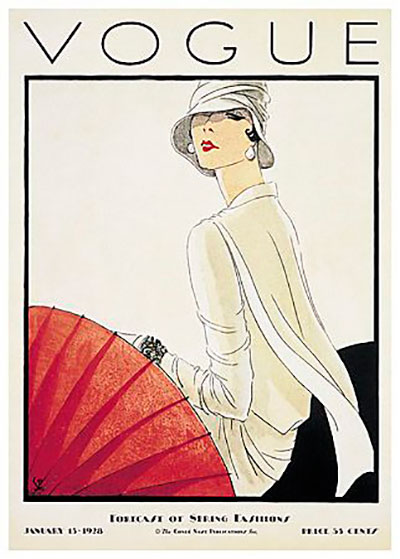
Vogue Cover
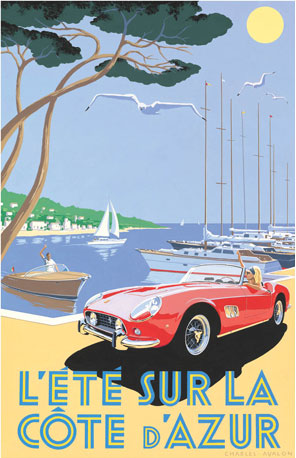
Theme: Advertisment of summer in Cote d' Azur, vacation destination on the South of France. Technique: Lithograph
Advertising design
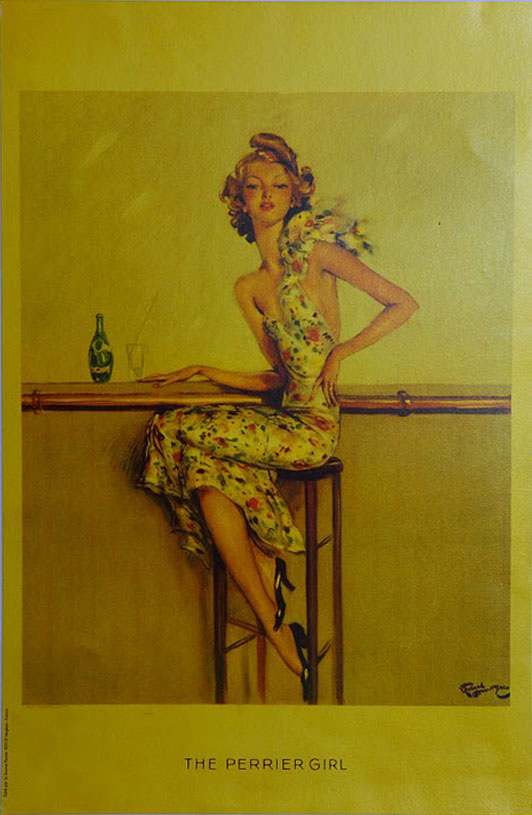 "Perrier Girl" by Jean Dommergue (1936)
"Perrier Girl" by Jean Dommergue (1936)
Theme: The first advertisement for mineral water Perrier
Technique: Illustration
(1940-70)
Swiss design
(originated in Switzerland in the 1940s-50s). Influenced graphic design during the mid 20th century.
Assymetric layouts (swiss design).
Joseph Müller-Brockmann, Zürich Town Hall Poster, 1955

Lester Beall (Rural Electrification Administration)
Post-Modernism
1960s and 70s:
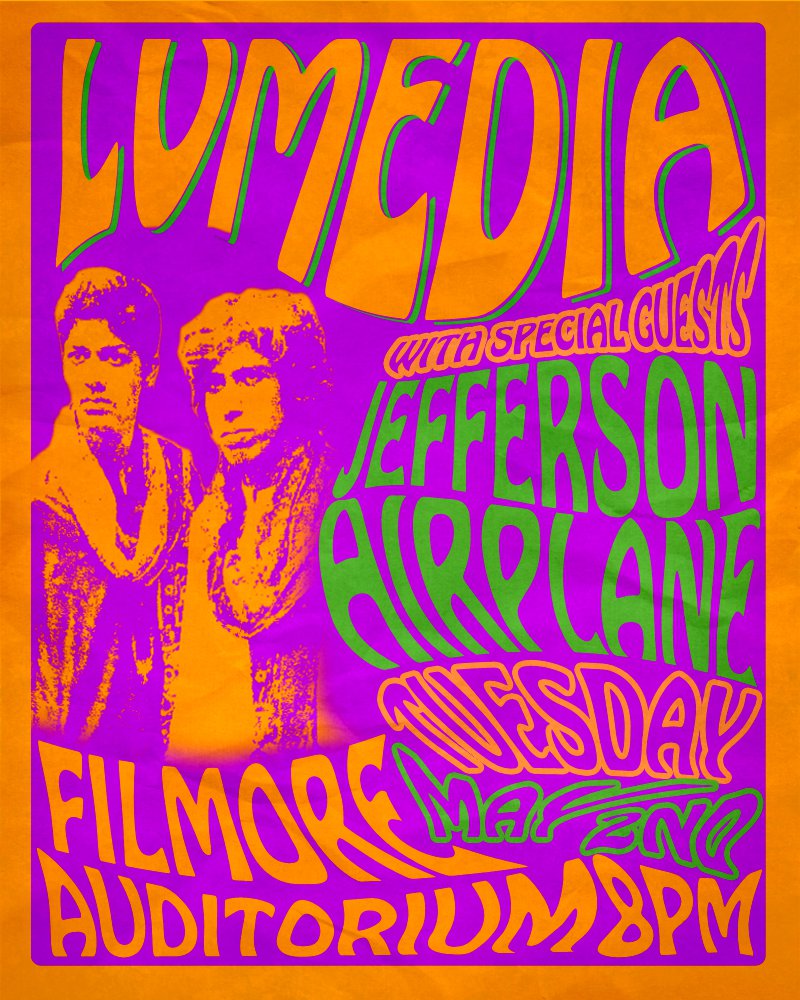
Jefferson Airplance concert poster (1960s)
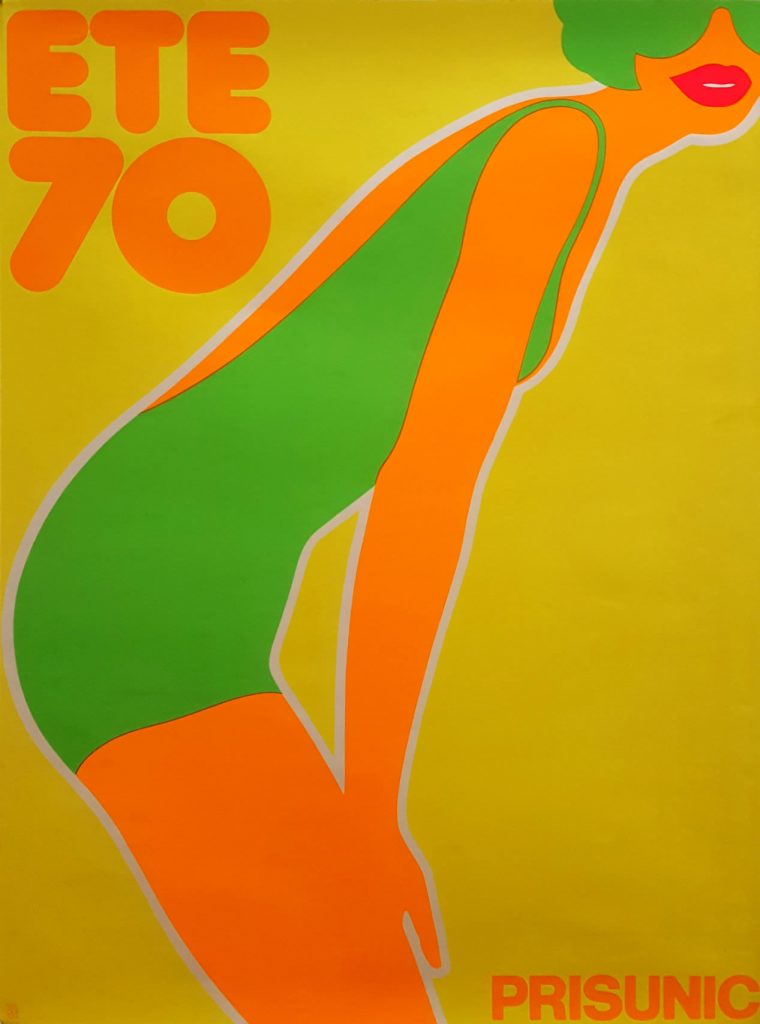
Michael Seksik (1970s)
New Wave
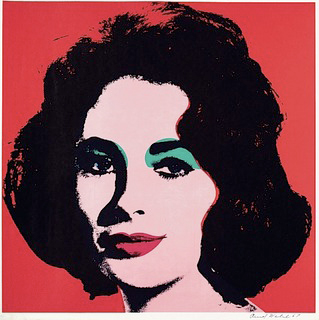
Liz Taylor by Andy Warhol (silk-screen print)
Andy Warhol (pop art)
(see: Screen Print Effect | Pop art effect in Photoshop)
1970s:
Punk, rock influences
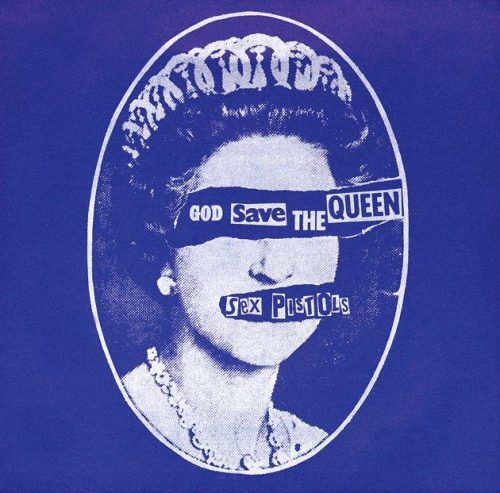
(Sex Pistols "Anarchy" album cover late 1970s)
1980s:
deconstruction (of modernism era),
evolution of personal computer
read more: design history1 | design history2
